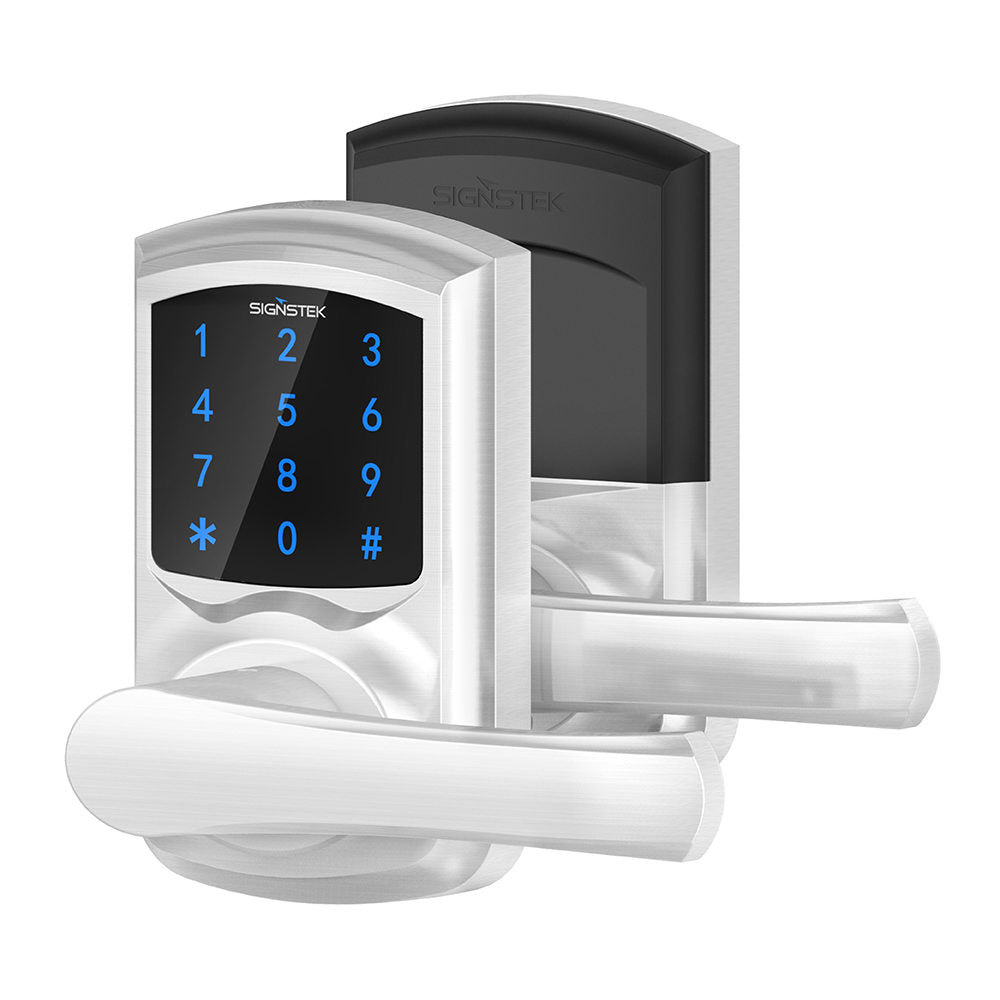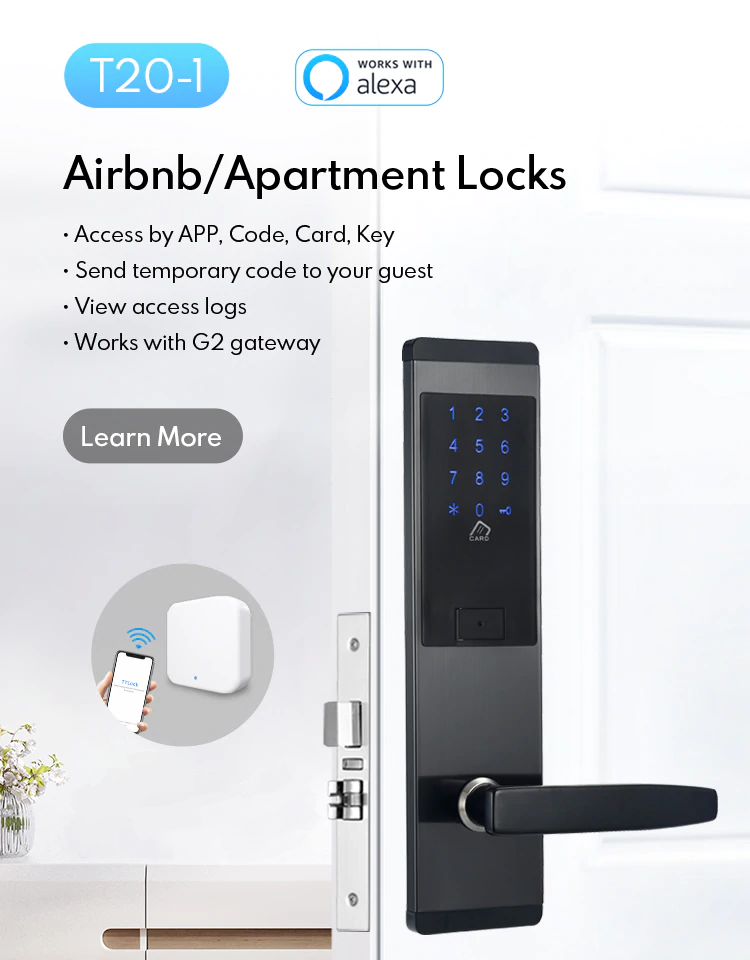

- SAFETY ISSUES OF KEYPAD DOOR LOCKS HOW TO
- SAFETY ISSUES OF KEYPAD DOOR LOCKS PRO
- SAFETY ISSUES OF KEYPAD DOOR LOCKS CODE
- SAFETY ISSUES OF KEYPAD DOOR LOCKS BLUETOOTH
Let’s discuss some of the dangers of having a smart lock. Without getting too technical about the art of defeating pin-and-tumbler locks, a criminal using a bump key that fits your keyway can mimic your house key and gain entry to your home with startling speed.įor every piece of security equipment - even technologically advanced pieces like smart locks - there is a method by which to defeat it. Modern deadbolts aren’t all that complicated, and there are only about a dozen basic types on the market today. Also known as rapping keys or 999 keys, these tools can provide anyone access to your home in a matter of seconds. You may think if you remember to lock your doors when you leave you’ll be fine, but consider this: bump keys. You’ll find something for every need on a budget.
SAFETY ISSUES OF KEYPAD DOOR LOCKS PRO
Pro Tip: Looking for a home security system that won’t break the bank? Check out our guide to the best affordable home security systems.

One area that is often overlooked is entryways.
SAFETY ISSUES OF KEYPAD DOOR LOCKS HOW TO
That means considering how to strengthen it from all angles. You want a security system to help protect your family and property from threats, and you want that security system to be comprehensive. But no one needs a security system either.

Let’s move on to a question that may be coming to mind right about now. That all sounds pretty neat, but we understand why some people may think smart locks are unnecessary.
SAFETY ISSUES OF KEYPAD DOOR LOCKS CODE
These are fairly common in rental properties, such as Airbnbs, where a code can be set for each guest and changed once they’re gone. Keypadĭigital keypad locks work by setting a specific numeric code that must be entered before the door is unlocked. Z-Wave locks add a layer of security against hacking. Once connected, you can access, monitor, and control your smart locks remotely from anywhere in the world. A Z-Wave connection uses a compatible smart home hub to communicate with a smart device’s signal, then turns the signal into a readable command your router understands. The main difference between Z-Wave connectivity and Wi-Fi is that it doesn’t connect directly to your mobile device. They’ll usually be controlled by the user’s smartphone and can easily track who is coming and going, so they’re great for big families.

These smart locks are most commonly sold as parts of a security system kit, with a smart hub connected in your home. If you’ve ever worked in an office building, you’re probably familiar with this technology.
SAFETY ISSUES OF KEYPAD DOOR LOCKS BLUETOOTH
Similar to Bluetooth smart locks, RFID locks use radio frequencies to identify cards or fobs that are authorized to pass through a door. The most commonly used biometric parameter is a fingerprint, but more advanced locks can use retinal or iris recognition. Biometricīiometric smart locks operate by scanning a physical part of a person’s body and using its characteristics to determine whether they are allowed entry. Multiple devices can be registered, and different parameters can be set for who can unlock the door and when. They can trigger when they recognize a particular piece of equipment, such as a smartphone, is in the proximity. These are probably the most versatile types of smart locks. Let’s take a look at some of the most popular types of smart locks. Vivint Smart Lock Options What Are the Different Kinds of Smart Locks?ĭifferent families have different needs, and there’s probably a lock on the market tailor made to all those needs.


 0 kommentar(er)
0 kommentar(er)
